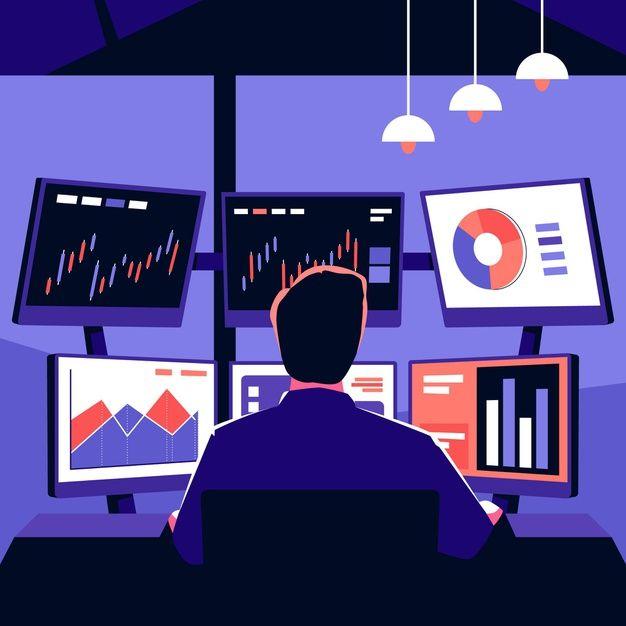Trading

The Dynamic World of Trade: From Barter to Global Markets
Trade, at its core, involves the exchange of goods and services between individuals, businesses, and even nations. This can range from simple bartering to complex international trade agreements.
International Trade: Driving Global Growth
International trade has revolutionized the global economy by:
- Expanding Markets: Connecting businesses to a global customer base, increasing sales opportunities and driving economic growth.
- Increasing Competition: Fostering competition, leading to lower prices, higher quality products, and greater consumer choice.
- Promoting Innovation: Encouraging innovation and technological advancements as businesses strive to remain competitive in the global marketplace.
- Fostering Economic Growth: Facilitating the flow of capital, technology, and knowledge across borders, leading to economic growth and development in participating countries.
Key Concepts in International Trade:
- Comparative Advantage: Countries specialize in producing the goods and services they can produce most efficiently, leading to increased overall output and mutually beneficial trade relationships.
- Free Trade vs. Protectionism: Free trade advocates for minimal government intervention in trade, while protectionism involves policies such as tariffs and quotas to protect domestic industries.
- The Role of Currency: Currency plays a crucial role in international trade, facilitating the exchange of goods and services across borders.
Challenges and Considerations:
- Trade Imbalances: Trade deficits can occur when a country imports more than it exports, leading to economic imbalances.
- Globalization and its Impact: Globalization has both benefits and drawbacks, including job displacement, environmental concerns, and the need for social safety nets to mitigate the impact on workers.
- The Role of Technology: Technological advancements are transforming international trade, with e-commerce and digital platforms playing an increasingly important role.
The future of international trade will be shaped by factors such as:
- Technological advancements: Artificial intelligence, blockchain, and other emerging technologies will continue to revolutionize the way goods and services are traded.
- Sustainability: The need to address environmental and social concerns while promoting sustainable trade practices.
- Geopolitical Factors: The evolving global political landscape and the rise of protectionist policies will continue to influence the direction of international trade.
International trade remains a crucial driver of global economic growth and development. By embracing free trade principles, fostering innovation, and addressing the challenges of globalization, countries can maximize the benefits of international trade for their citizens.